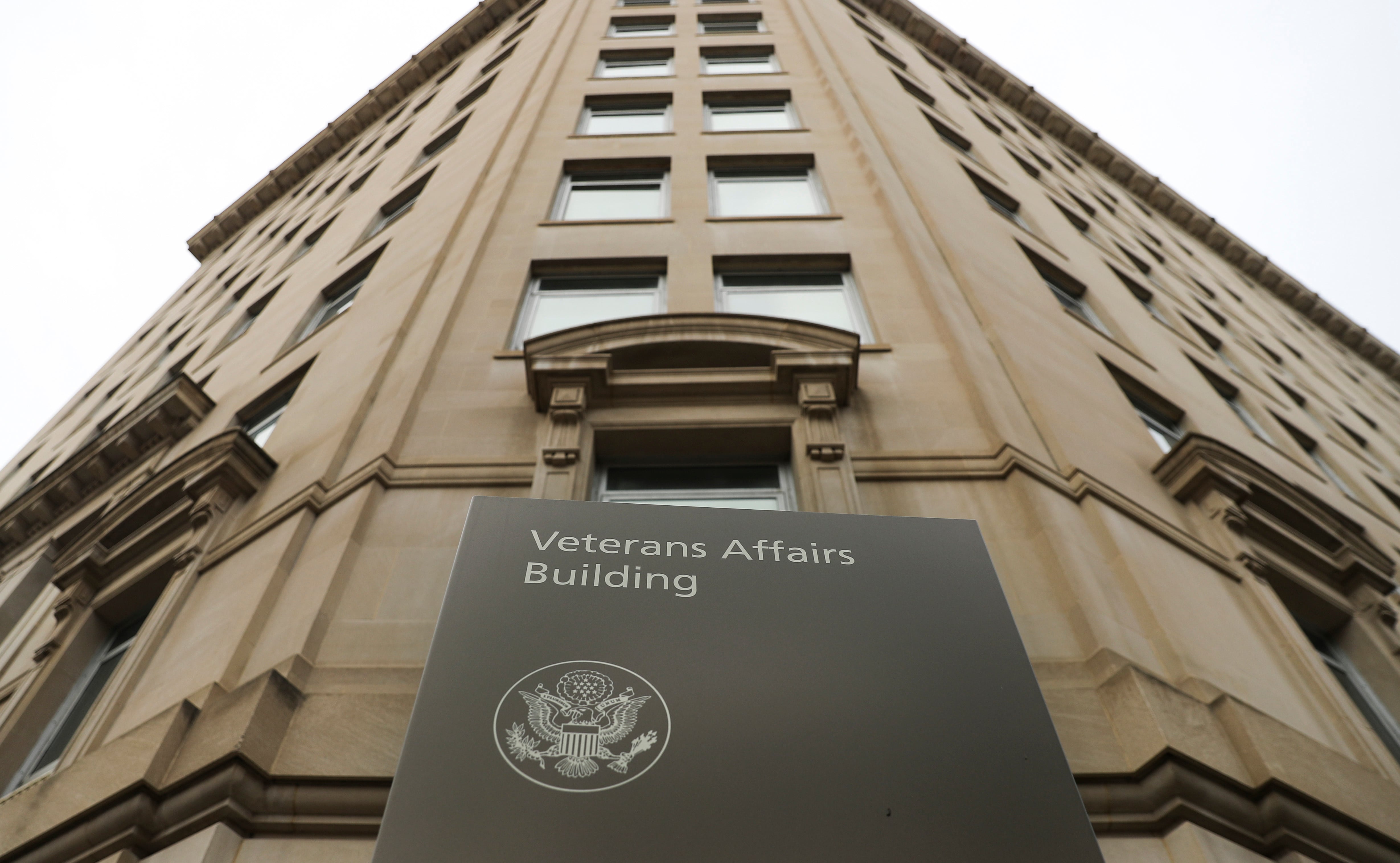FORT EDWARD, N.Y. – Sleepy Hollow has the legend of the Headless Horseman. Does a community 150 miles farther up the Hudson River have a Headless Ranger buried in an unmarked cemetery from the 18th century?
In the middle of the Hudson sits Rogers Island, site of a 34-acre parcel considered the birthplace of today's U.S. Army Rangers. The town and village of Fort Edward had long sought purchase of the land and with its completion also gained control of an unmarked Colonial-era cemetery that could hold the remains of hundreds of people, including some of the famous frontier fighters known as Rogers' Rangers.
In 2006, a local couple who served as caretakers for the then-privately owned property uncovered seven human skeletons buried at the site, including one that was missing its skull. State archaeologist later determined the burials were likely part of cemetery dating back to the French and Indian War (1754-63), when Fort Edward was Britain's largest fortification in North America. The skeletons were reburied where they were found, and no excavations have been conducted at the site since.
But six weeks after closing on the decade-long effort to purchase the island property, local officials are starting to think about what's needed to turn the overgrown, undeveloped parcel into a public park that will draw tourists to this economically struggling riverside community 45 miles north of Albany.
The immediate plans will include trails and signage detailing Fort Edward's key role in the war that set the stage for the American Revolution. So far there have been no discussions on whether to leave the burial site alone or allow archaeologists to return and search for more graves.
"There's not going to be any digging right now," said Neal Orsini, a restaurant owner who serves on the town board. "I'm sure down the road there will be discussions about that. We just want to get a basic road map of how to move forward."
More than 250 years ago, Rogers Island was part of a sprawling British fortification that was home to more than 16,000 British and Colonial American soldiers and civilians, making it the third-largest city in the 13 colonies, behind only Philadelphia and Boston. The island, named for Maj. Robert Rogers of New Hampshire, was the base of operations for the frontiersmen he led on scouting and raiding missions in the northern forest.
In 1757, after a string of British military disasters, Rogers wrote his "Rules of Ranging," 28 guidelines for waging guerrilla warfare in the North American wilderness. They've since been revised and shortened to 19 by the Army Rangers, who still use them to train Ranger candidates at Fort Benning, Georgia. The Rangers consider Fort Edward, especially Rogers Island, to be hallowed ground.
State archaeologist Christina Rieth led the team that examined the skeletons after they were found eight years ago. She said all seven were intact, except one that was missing its skull. It couldn't be determined if that body was originally buried without its head, Rieth said.
None of the skeletons have been identified. If they are from the French and Indian War, it's likely they were either Colonial militiamen or British regulars, or possibly some of the hundreds of Rangers encamped at Fort Edward during the war, said David Starbuck, who has led archaeological digs here since the early 1990s but never found the cemetery.
"Very few French and Indian War cemeteries have been located," Starbuck said. "After years of archaeology on that island, we always wondered where the dead soldiers might be."





